Introduction: Meeting a New Kind of Artist
Six months ago, I sat with a digital creative known for viral “AI paintings” at a packed art gathering. As watchers gasped at dreamlike visuals on the screen, she smiled behind her laptop: “I spent all afternoon reworking a single line.” She wasn’t talking about a brush stroke, but a carefully tuned prompt a cryptic set of words that, after 14 iterations, finally summoned something unpredictable, dazzling, and deeply personal from a generative AI. That was the moment I realized we’re witnessing not just a technology shift but the rise of a new creative class: the prompt architect, the prompter as auteur (Prompt as Art).
This article is about that shift. Can text, image, video, or music made by AI truly count as art? Who deserves the title of artist: the model, the prompt engineer, both or neither? What makes AI art unique and why, beneath the surface, is the real masterpiece the prompt itself?
What Is Art? Revisiting the Definitions in the Age of Algorithms
Art has always been a mirror to humanity our hopes, fears, dreams, and the tools we wield. Every epoch’s new medium (the printing press, photography, computers) stirs anxiety and expansion. Traditionally, art is defined as the expression or application of human creative skill and imagination (Oxford). Core elements: intention, context, expression, emotional resonance, and original synthesis. Can code, pattern, or algorithm meet these standards?
AI-generated outputs be it GPT text, a Midjourney painting, or an AI-composed symphony challenge us to dig deeper. AI models remix vast archives but are guided and constrained by the prompts crafted by humans. If art is the product and process of meaning making, then isn’t the act of building a prompt choosing nuances, tone, style, and intent a new kind of digital art?
The Prompt Engineer: Today’s Digital Auteur
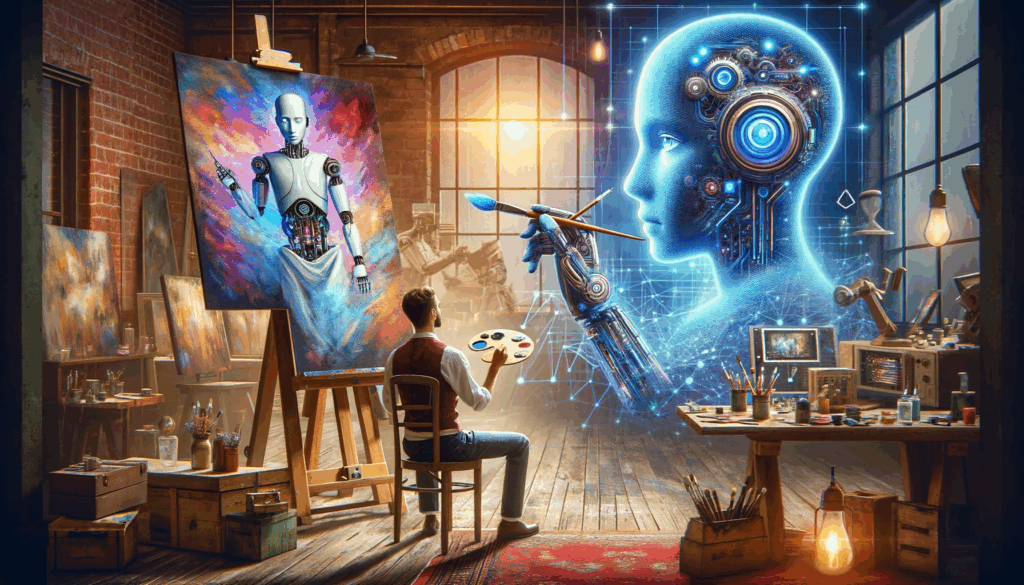
Prompt engineering is less like programming and more like composing music or directing a film. A prompt engineer does not simply “enter words” but must understand rhythm, nuance, pacing, and emotional effect. Leading promptists are often writers, visual artists, poets, scriptwriters, marketers, or storytellers practitioners with the cognitive flexibility to shape language into a plan for a machine’s stochastic creativity.
Studies show that effective prompting is a skill to be learned, not an innate human faculty. In a 2025 investigation (Oppenlaender et al.), participants were able to describe visions but struggled to use style-specific or technical vocabulary. Prompt mastery, like painting or piano, is honed through failure, feedback, tinkering, and deep familiarity with context and genre. Prompt engineering is now at the intersection of linguistics, psychology, and digital art a hybrid discipline whose best practitioners orchestrate not just what is said, but how and why.
Where a painter combines color and brushstroke, a prompt artist blends context, specificity, mood, constraints, and iterative refinement. The “input” is as vital as the canonical work it evokes.
Beyond Output: Prompting as an Intentional Creative Act
A prompt isn’t just a command it’s an explicit declaration of artistic intent. Some of today’s most compelling generative works began with ordinary phrases; the magic happened in the relentless experimentation and subtle recalibration as promptists nudged the AI toward visions only they could imagine.
Whether it’s the surreal harmony in an AI-generated photograph or the uncanny narrative emerging from a GPT story, the lasting impression is often rooted not in the randomness of AI, but the guiding human hand. The iterative dance the act of rewording, looping, reverse-engineering, and trial by fire recapitulates age old creative struggles.
It’s here that prompting most closely resembles “classic” artistry: the masterpiece is the outcome of persistent, often solitary, wrestling with language and vision. The accumulation of failed prompts, marked-up drafts, and rejections form a private gallery behind every AI “success.”
AI Outputs: Art, Artifact, or Automated Echo?
Critics argue that AI-created works lack authenticity no suffering, memory, or culture. AI doesn’t “mean” in the way that a human does. Proponents counter: the output, detached from intent, may still evoke emotion, provoke thought, or participate in the tradition of art as a tool of aesthetic and conceptual exploration.
Yet, as prominent philosopher Ted Chiang observes, generative AI is less a creator and more a mirror reflecting the structure of its training data, shaped by human culture, but unable to generate meaning independently. The originality, emotion, and provocation of AI art are often illusions, but that doesn’t strip the output of value. Instead, it redirects our gaze back to the human who sculpted the prompt: the intentional arranger of words, styles, and constraints.
If we judge AI art as art, it is so only because a human intentionally orchestrated the system to create new signals a digital form of orchestration. In this, AI is akin to the action paintbrush of the Abstract Expressionists: a tool that allows for chance, but where agency and meaning are found in the artist’s process and intention.
Prompt Engineering and Copyright Law: Who Owns AI Art?
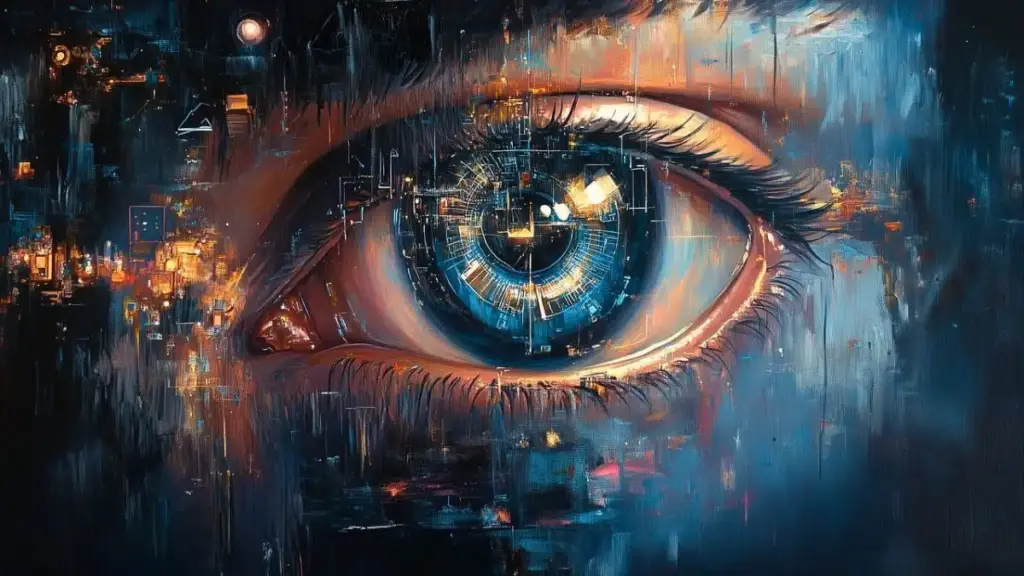
Here the debate gets messy. Legal traditions emphasize “human authorship”: U.S. copyright law and most global courts reject the copyrightability of works created solely by machine, while tentatively allowing rights for “meaningful creative input.” Recent judicial decisions (i.e., Zarya of the Dawn, 2023) and the U.S. Copyright Office’s 2025 policies draw a sharp distinction between prompt, output, and creative integration.
Some lawyers and courts are beginning to recognize the creative decision making involved in complex prompting. In China, the Beijing Internet Court recognized copyright for an image generated with sufficiently detailed, original prompting. The “authorship” of prompts especially where they demonstrate unique style, skill, or transformative effect may gradually reshape copyright law.
But, as legal scholars note, a prompt’s copyrightability and an output’s are distinct. The prompt itself may be protected as literary expression; the output, unless meaningfully curated or transformed, may remain public domain or shared under novel licensing models. For prompt engineers, this liminality is both challenge and opportunity: the law is rapidly evolving to recognize real creative labor in prompt design.
Creative Ownership and the Originality of Prompts
Is a well crafted prompt “original”? Researchers and courts increasingly say yes so long as it demonstrates “authorial personality” (EU) or “a minimal degree of creativity” (US/UK). A database query is probably not copyrightable; a prompt that demonstrates unique style, composition, or structure might be.
Originality isn’t just about novelty but about deliberate structure. Like a film director’s storyboard or a novelist’s outline, a sophisticated prompt is a map a creative artifact in itself. Philosophically, the distinction between idea and expression comes to the fore. Copyright (and art criticism) favors expression: the specific way a creative vision is rendered as a prompt, not the abstract goal it describes.
Voices from the Field: Artists, Lawyers, and Promptists Speak
Visual artist Botto (whose AI-generated works sold for over $1M at Sotheby’s) acknowledges the prompt as the primary authorial tool: “The elegance is in the instruction, not the pixels.” Promptists often describe their passion as “conversational sculpting,” where each nudge steers the AI closer to a deeply personal vision, shaped by style, mood, and memory.
Legal scholars see a split horizon: some advocate for protecting prompts as literary works; others argue for new hybrid AI-human copyright models. Artists fret over plagiarism (can an AI art generator “steal” the essence of Caravaggio’s chiaroscuro through prompts?) and ethical concerns. Many agree: the cultural legitimacy of promptists, and the authenticity of prompt engineering, will be forged not in code, but in community consensus, criticism, and real artistic evolution.
The Philosophy of Prompting: Expression, Control, Collaboration
Philosophically, prompt engineering straddles the gap between “expression” and “control.” Promptists are both creators and collaborators conversing with a machine that reflects back, unpredictably, the ingredients they choose. It’s a semiotic chess match; an artistic duet.
Academic research on human computer collaboration highlights the emergence of co-creative agency: prompts are not mere requests but invitations to the AI for cooperative meaning-making. Like a conductor leading an orchestra with new and unknown musicians, it’s the ability of the prompt engineer to anticipate, refine, and improvise that makes the process creative—distinct from a simple tool use or passive consumption.
Broos Perspective: Prompts as the Pinnacle of Human-AI Artistry
At Broos Link, our experience is that the greatest value lies not in the output, nor even the AI tool, but in the living, constantly evolving creative process of prompt design. Our team finds inspiration in Chess Grandmasters and Jazz improvisers watching master promptists “play” AI not for replication but for pushing boundaries, discovering uncharted creative territory through acts of linguistic daring.
Here, the “art” is both artifact and process: the carefully crafted prompt, the negotiation, the editing, the collaborative failures and triumphs. Prompts are the fingerprints of our intentions, the distinctive trace of the human spirit within the seemingly endless permutations of machine output.
Conclusion: The Masterpiece Behind the Machine
AI art is not the end of artistry. It is the beginning of a new era one where the creative act is distributed, dialogic, and malleable. The prompt, not the pixels, is the new stage. The prompt engineer is the auteur, the director, the true author. The outputs are thrilling, beautiful, and sometimes strange but the real masterpiece is the human labor, imagination, and tenacity encoded in every line of instruction.
Future generations may not remember every individual AI artwork. But they will remember the era when language itself became the palette of digital art, and the promptist wielding nothing but words, more like speak or write and it is created more like our creator, the words become reality and art, became the new master artist of the machine age.
This article reflects Broos Link’s latest research, interviews, and self-study on the evolving boundaries of human and AI creativity. For creators, legal experts, and digital culture innovators, the prompt is now the canvas.
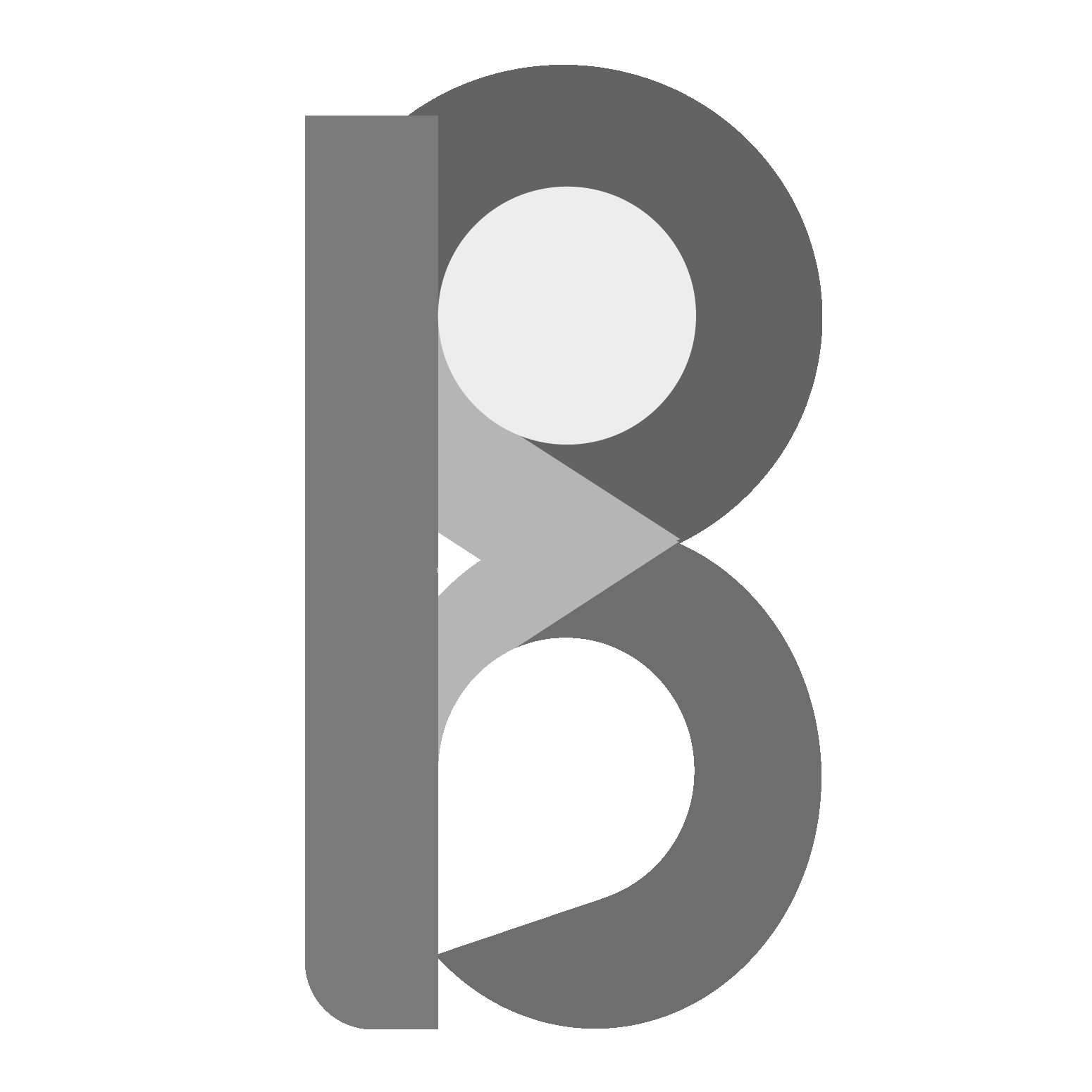
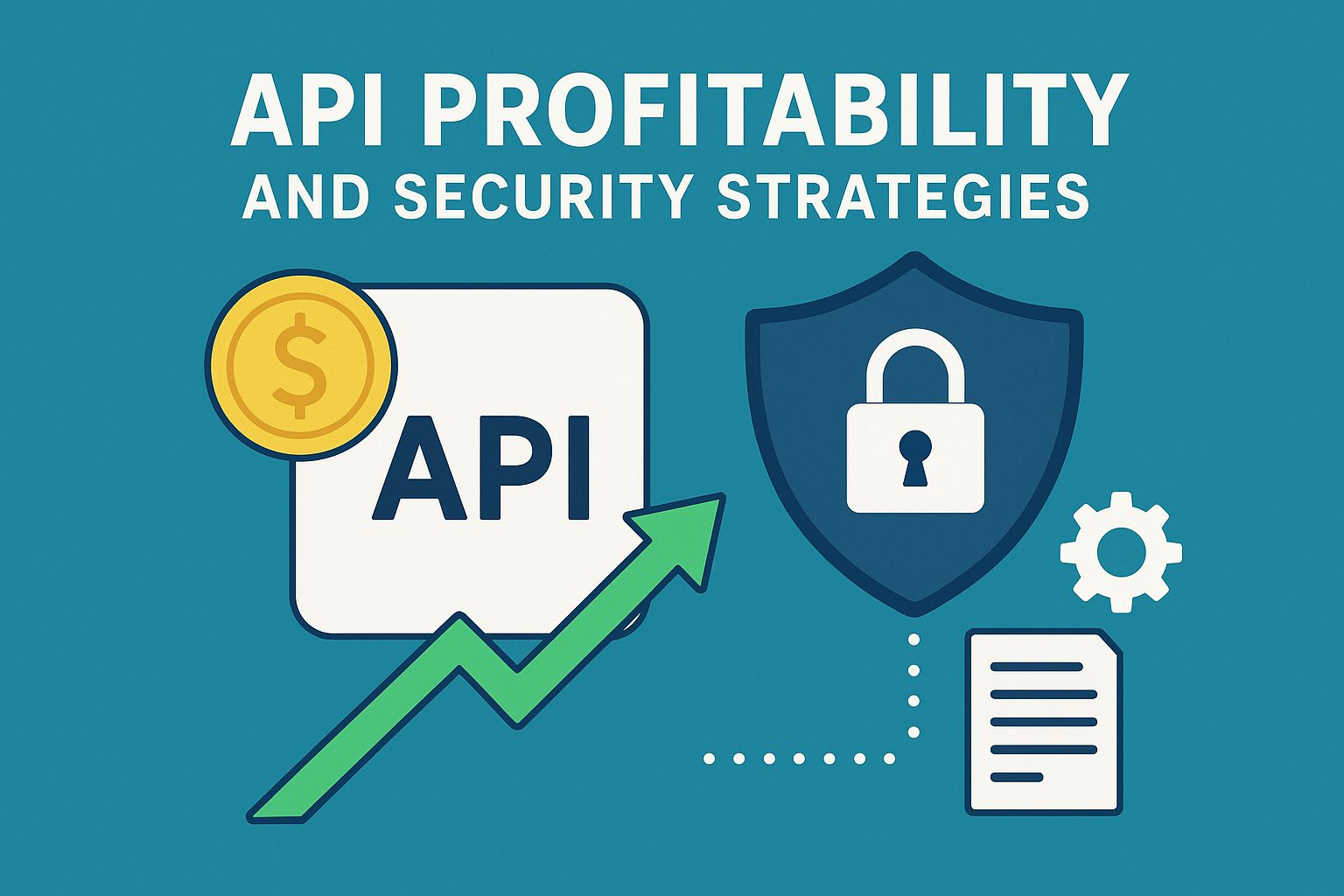

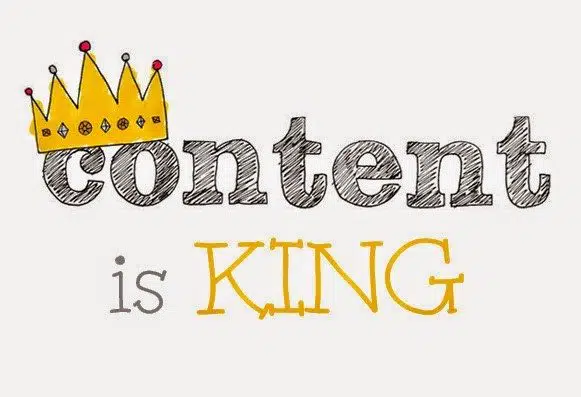
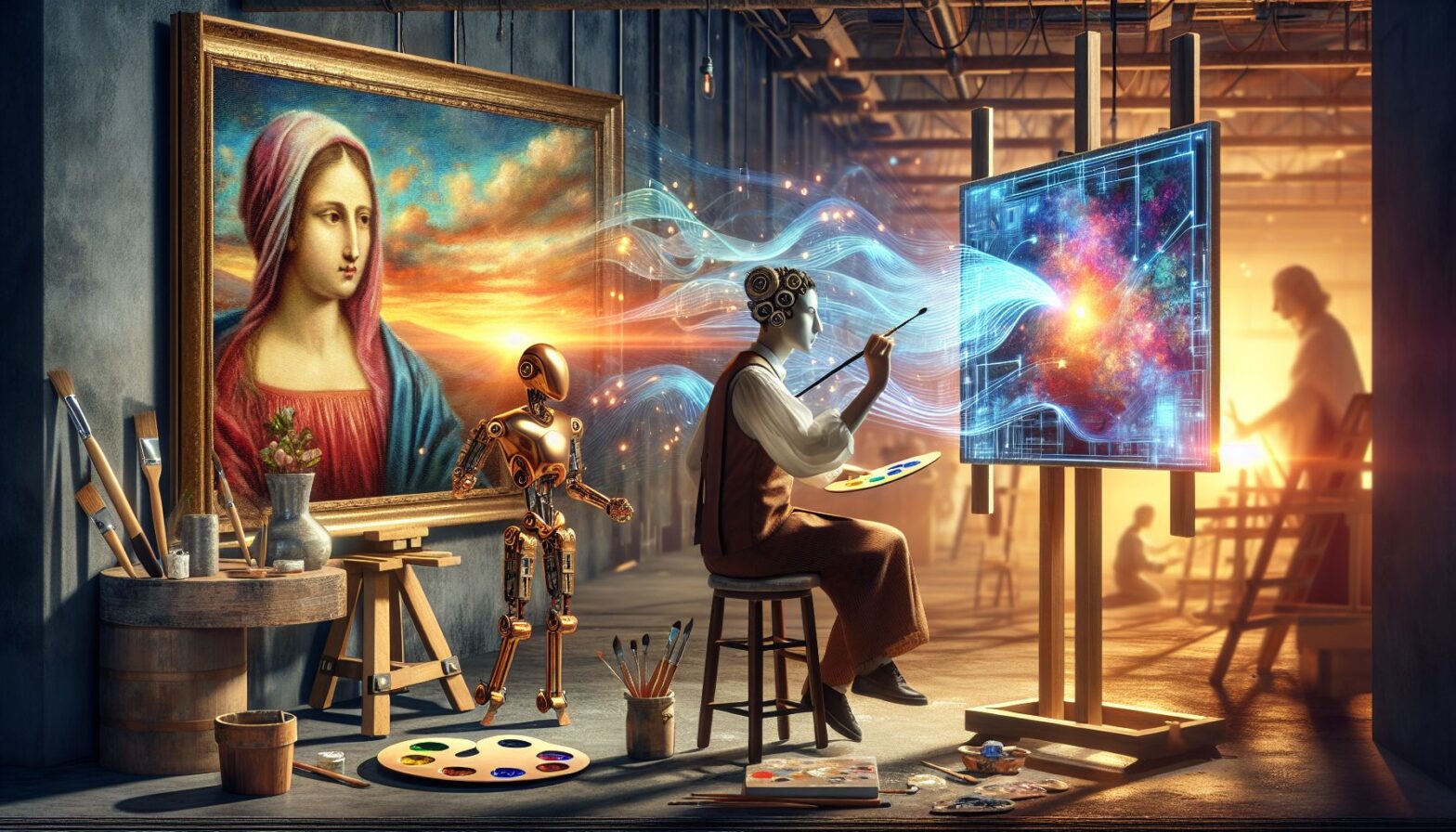
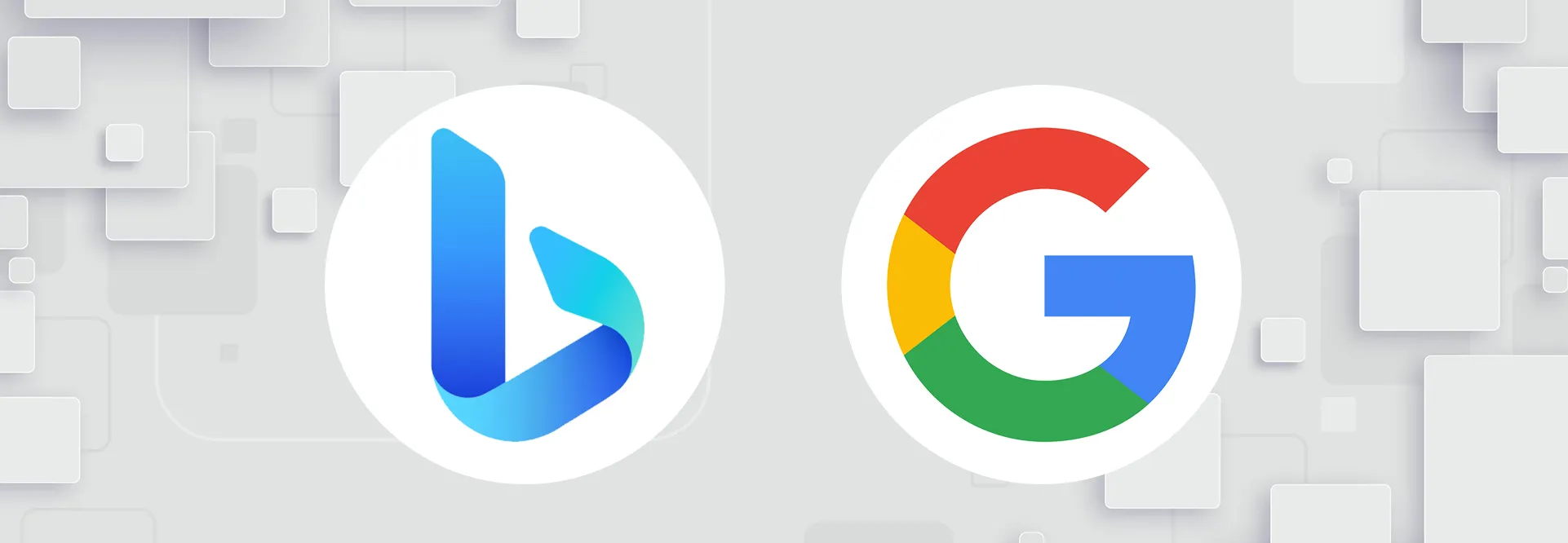
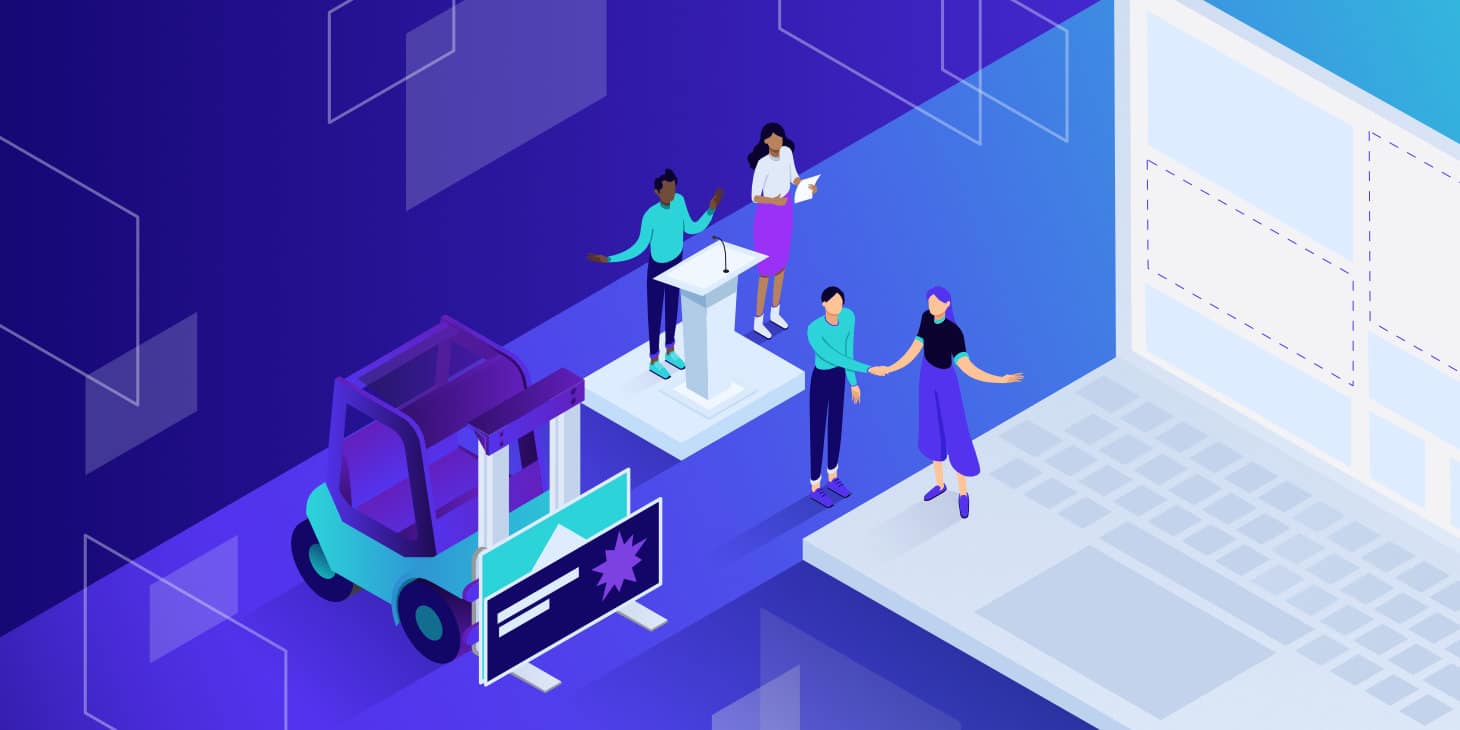
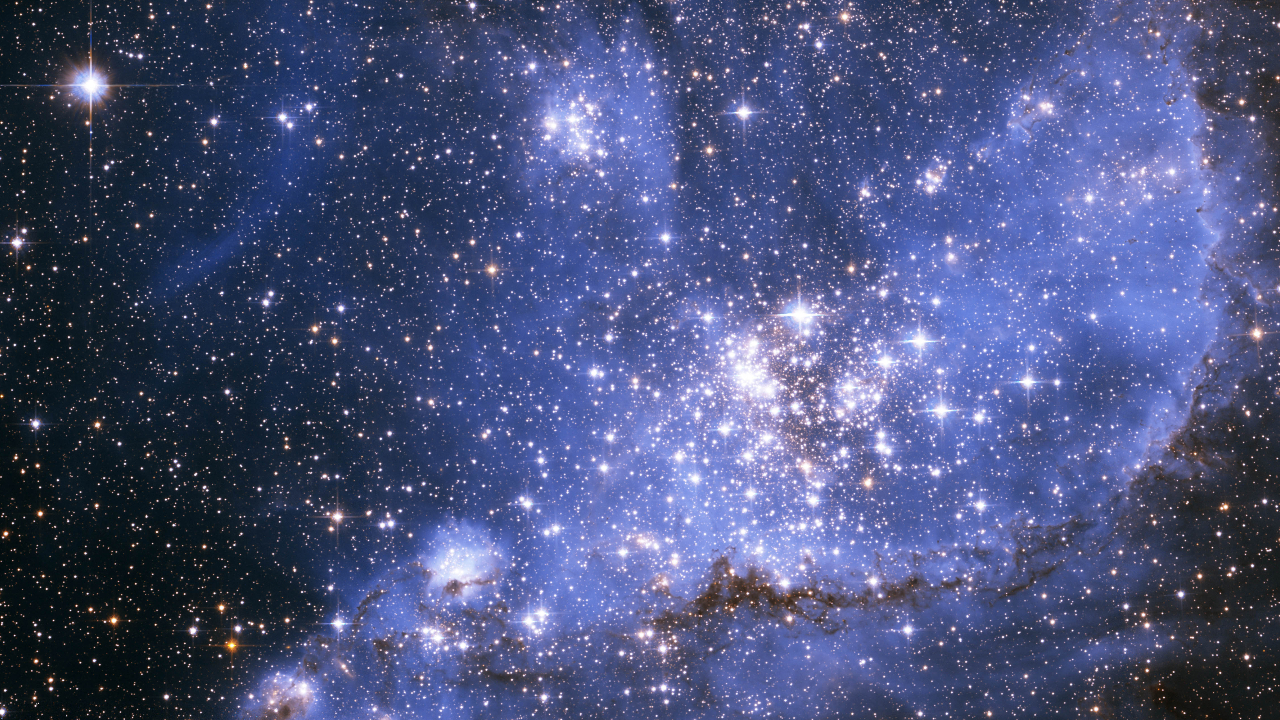

Leave a Reply